Blackouts, Flight Delays, And More—What Other Effects Can We Expect From The Sun’s Upgraded Activity?
The sun, the fiery core of our solar system, is a star that the Earth and other planets cannot do without.
The sun performs numerous functions for us on Earth. However, a certain level of sun exposure can be detrimental for many reasons.
The Sun’s Influence on Earth
The sun produces a certain amount of energy that we put to good use. However, according to an expert, the sun is entering a climax action that will last for some years.
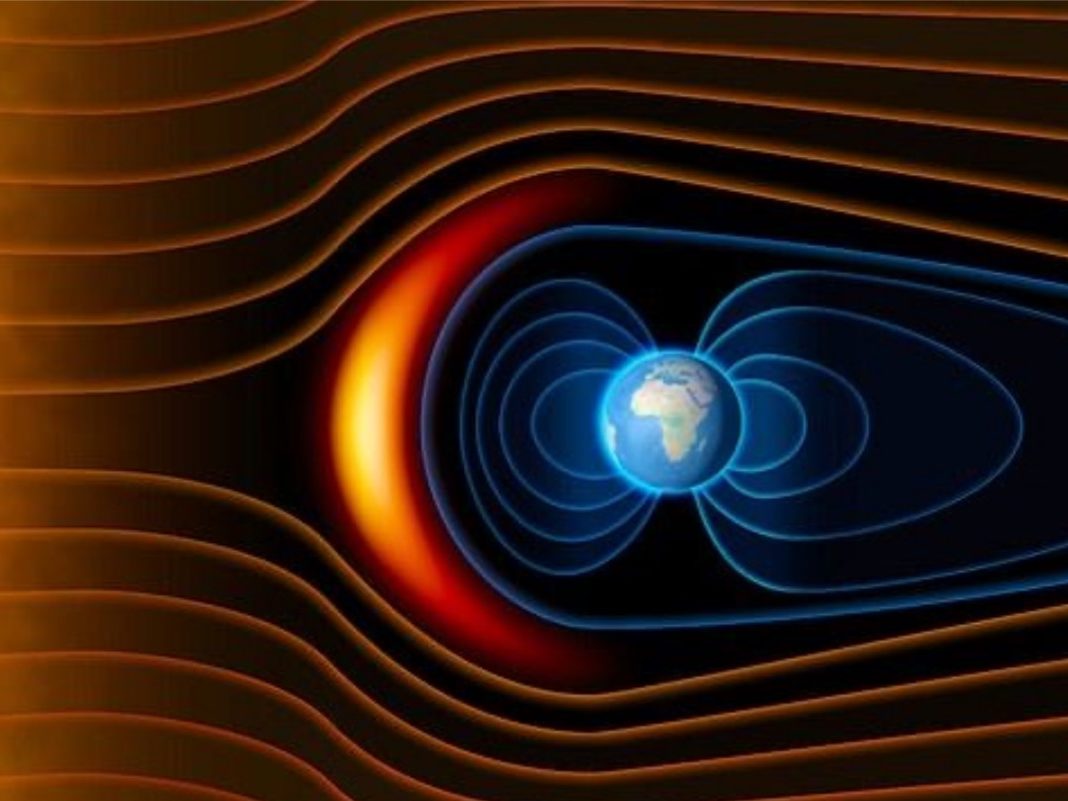
Source: DailyMail/ Pinterest
Researchers say that the sun is waking up after years of being calm, but it could reach potent levels by the end of the year. This phenomenon, called the solar maximums, occurs every 11 years.
Solar Maximums
During the solar maximums, the sun produces extremely powerful shots of energy known as solar flares. Larger amounts of sunspots cover the sun’s surface during this period, which may cause more solar storms. It may also produce more bursts of electromagnetic energy that can affect power-generating grids and even GPS signals.
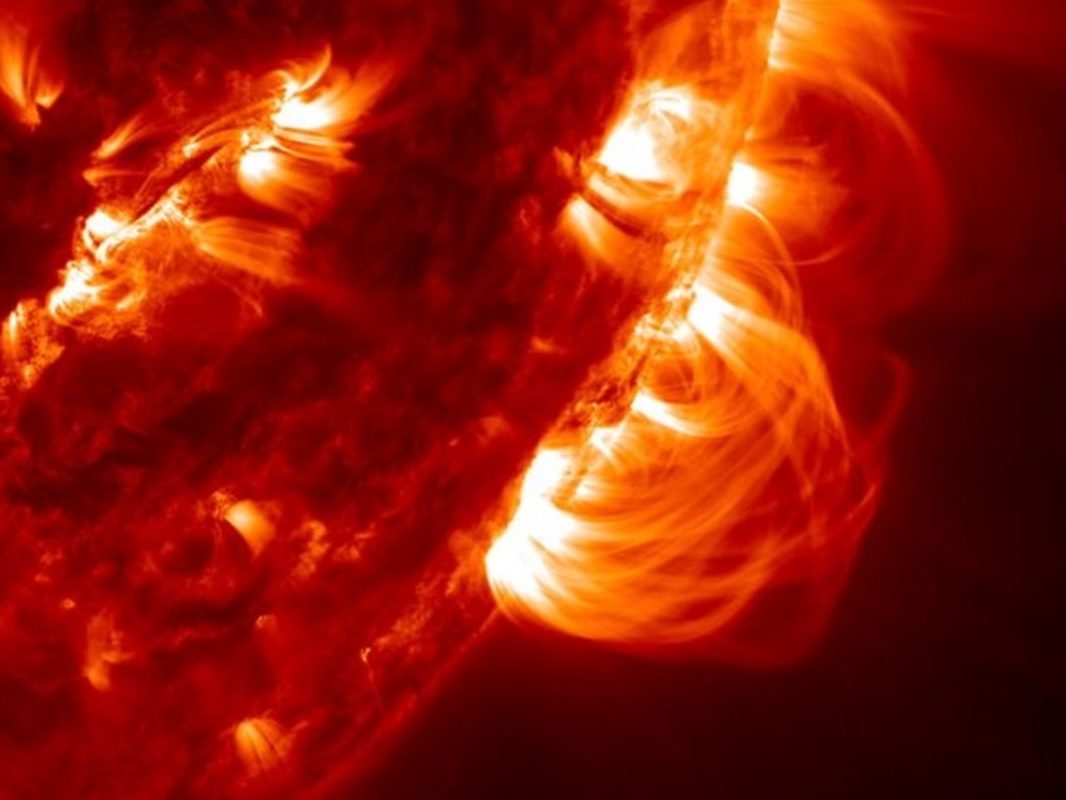
Source: Judi/ Pinterest
This occurrence was not a problem in the past, but the situation is different now. Scientists worry that our dependence on interconnectivity and electricity will put us at risk of the effects this time.
How the Sun Works
The sun is a giant orb of plasma heated at the center. This plasma, made up of charged particles, boils towards the orb’s surface, cools down, and repeatedly sinks back to the orb’s core. This movement, known as convection, produces strong magnetic fields at the sun’s poles and smaller local magnetic fields at the surface.
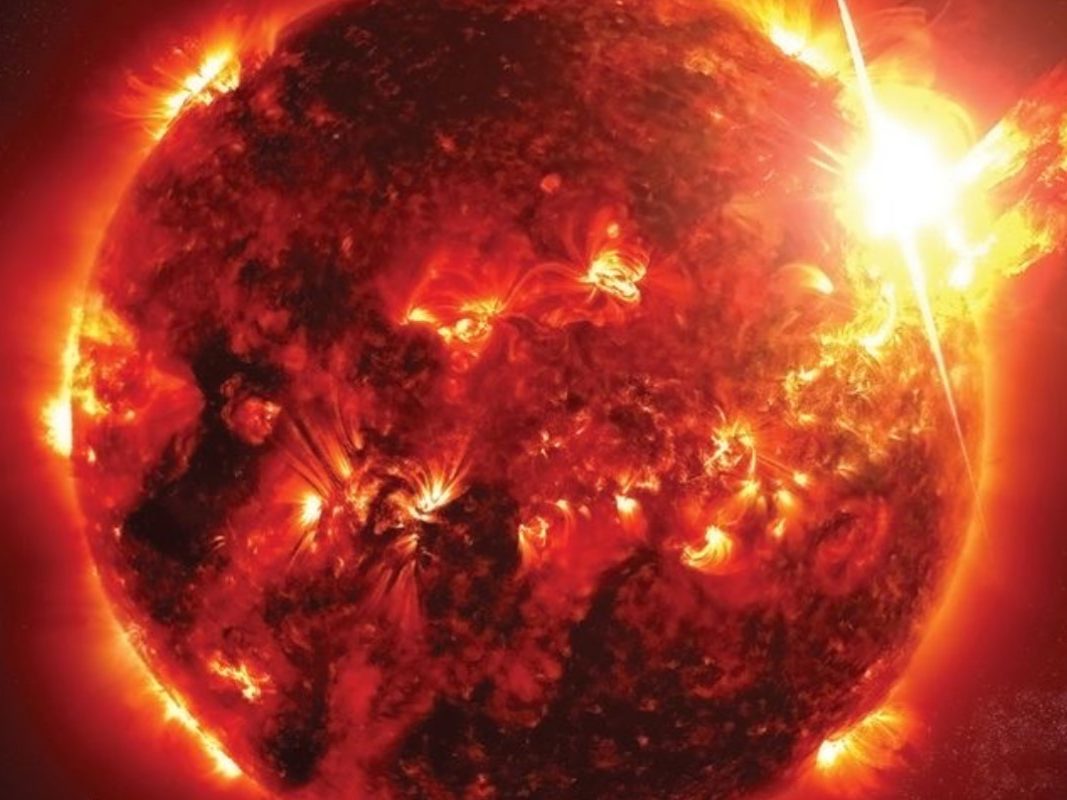
Source: IcrScience/ Pinterest
A professor of space physics at the University of Reading, Matthew Owens, explained that every 11 years, the sun’s magnetic fields become so unbalanced that the magnetic poles suddenly flip. This disorganizes the sun’s polarity.
Unveiling the Sun’s Fury
The fluctuation causes chaos in the magnetic fields at the sun’s surface, making it more active. This period is when the solar maximum occurs. The more chaotic the magnetic fields become, the larger the sunspots that appear on the sun’s surface. Professor Owens explained that more large sunspots are being detected.

Source: PopularScience/ Pinterest
NASA’s Solar Dynamics Observatory confirmed his claims as they described a gigantic hole thirty times the size of the Earth that was seen on the sun’s surface.
Solar Consequences
During this maximum, there is a high chance that the sun will release more energy. This will affect the earth’s upper atmosphere, and it could cause problems for air flights. A study shows that planes are 21% more likely to be delayed by a minimum of 30 minutes when the sun is active.
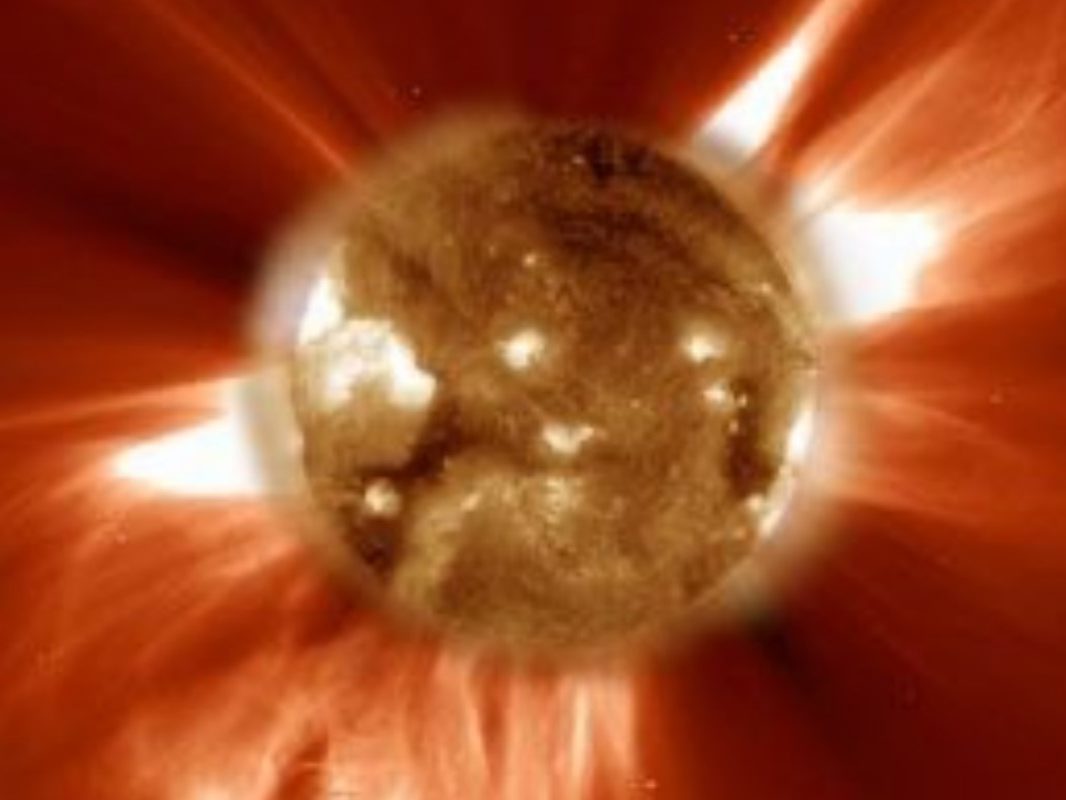
Source: NewScientist/ Pinterest
This burst of energy can also disrupt GPS signals and other basic communications. It can also cause power outages as the increased solar energy can disrupt power grids.
Aurora Borealis and Space Weather
The geomagnetic storms from the sun will crash into the Earth’s outer atmosphere, and there will be consequences. The aurora across the Earth’s horizon above the Indian Ocean that usually shines will shine brighter.
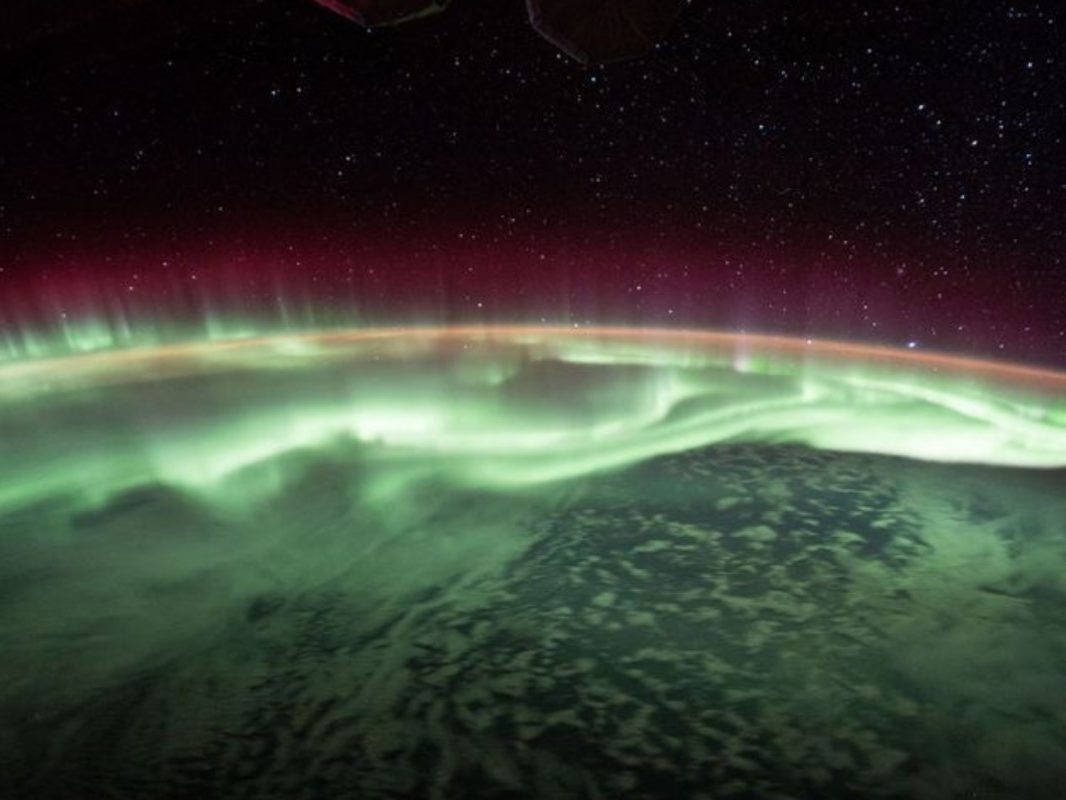
Source: Wired/ Pinterest
The space weather will also be affected as it will become rough. Astronauts will be at risk of lethal space radiation, and there is no suitable way to protect them in space.
